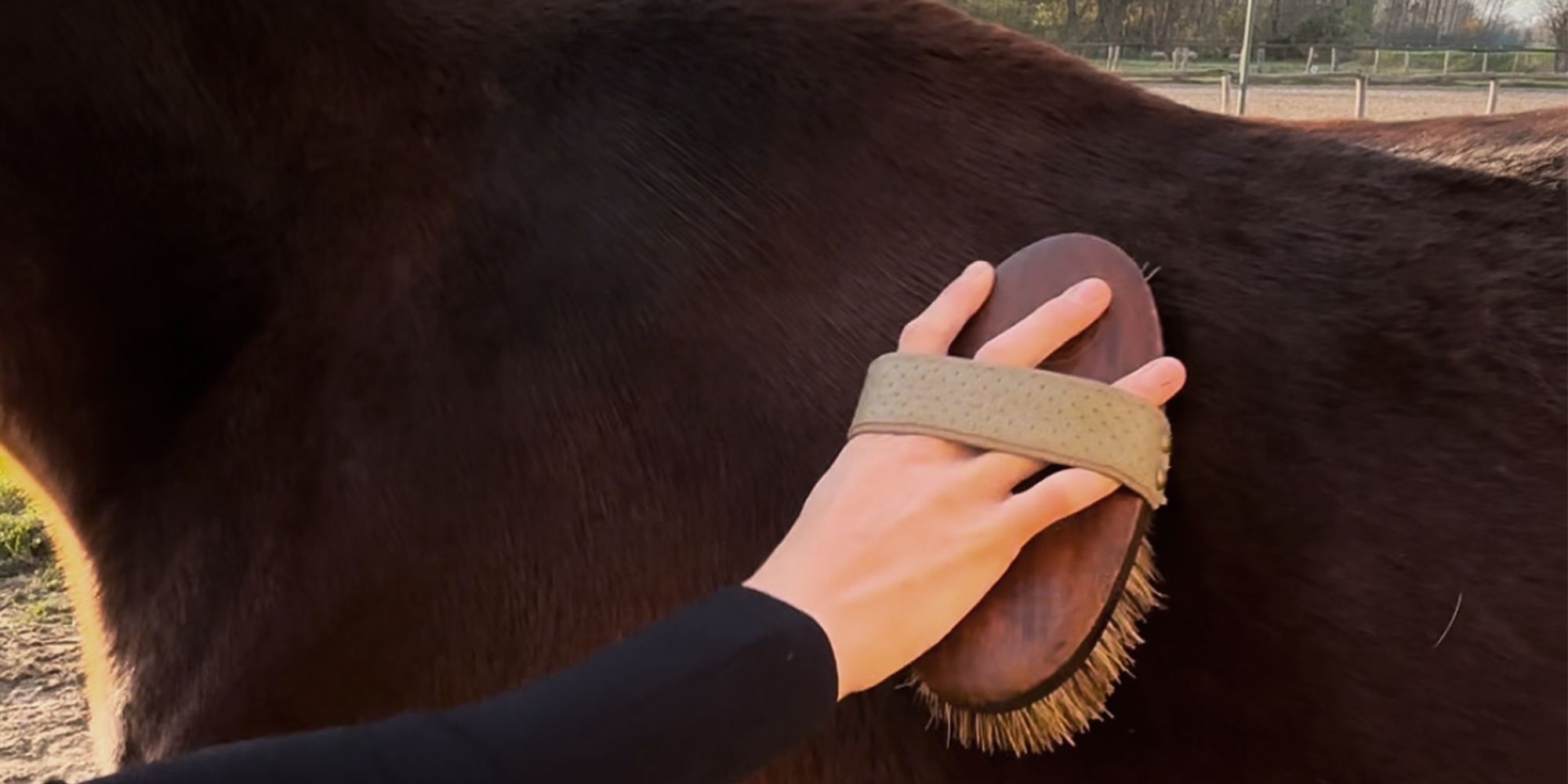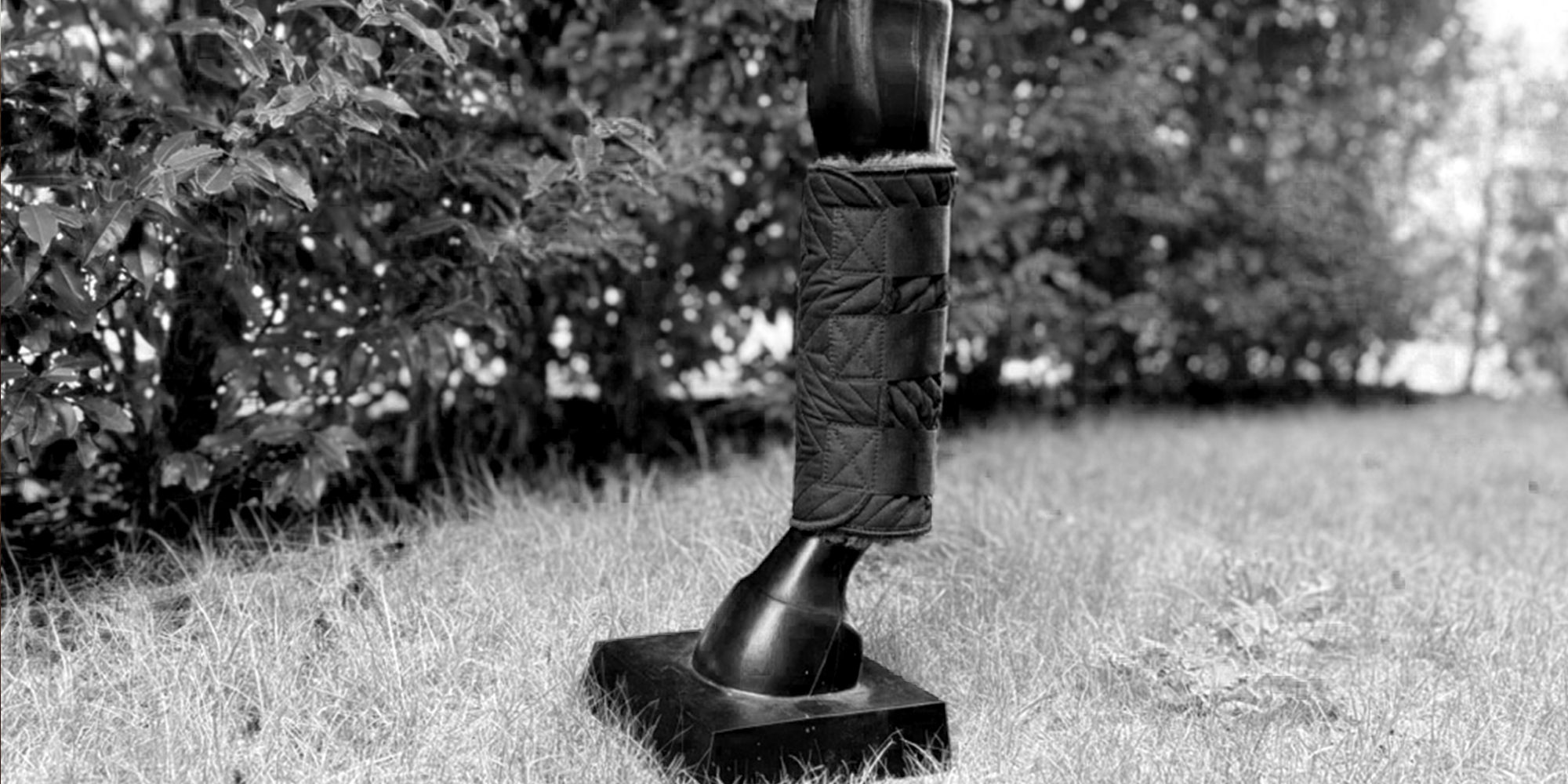How do you measure a horse for a fly sheet?
The correct fit of a fly sheet is crucial for the comfort and protection of the horse. Fly sheets are essential to protect the horse from annoying insects such as flies, mosquitoes or horseflies. But how do you measure a horse correctly to find the perfect fly sheet? In this detailed guide you will learn how to determine the size, why the optimal fit is so important and why cotton is the best material for fly sheets.
Why is the optimal fit of the fly sheet so important?
A well-fitting fly sheet ensures that the horse is not only protected but also comfortable. A poorly fitting fly sheet can cause chafing, pressure points or restrict the horse's freedom of movement. The right fit is particularly important for fly sheets for Icelandic horses , cold-blooded horses or other horse breeds with special body shapes.
Effects of an incorrect fit
-
A fly sheet that is too big: A sheet that is too big can slip and rub, causing skin irritation. It also does not provide effective protection as it may not cover certain areas.
-
Fly sheet that is too small: A sheet that is too small puts pressure on the shoulders and can restrict freedom of movement, causing pressure or chafing. The sheet can also tear due to tension when standing up.
Step-by-step instructions for measuring
To ensure that the fly sheet fits perfectly, it is essential to measure correctly. You will need a flexible tape measure and should follow the following steps:
- Position the horse correctly: Make sure that your horse is standing calmly and relaxed on a level surface. A slightly sloping floor can distort the measurement results.
- Measure the back length: Place the measuring tape at the highest point of the withers and guide it straight to the tail . This length, measured in centimeters, is the required blanket size. Example: A horse with a back length of 135 cm needs a fly sheet in size 135.
- Check the result: Compare the measured length with the manufacturer's size chart. Note that sizes may vary slightly depending on the manufacturer.
Additional tips when measuring
-
Safety distance: Be careful not to pull the measuring tape too tight to ensure the horse's freedom of movement.
-
Get help: It may be helpful to have a second person help you make sure the tape measure stays straight.
Cotton: The perfect material for fly sheets
Why is cotton the ideal material for fly sheets and a real game-changer compared to 'plastic' fly sheets?
1. Perfect adaptation to the body
Cotton fits perfectly to the horse's body without being constricting. Unlike rigid synthetic materials, cotton adapts flexibly and thus ensures maximum comfort.
2. No electrostatic charge
Synthetic materials often become electrostatically charged when moving or in contact with other materials. This can irritate the horse and make it restless. Cotton, on the other hand, remains comfortable on the skin and prevents such charges.
3. Breathability
Cotton is a breathable material that effectively regulates moisture. It prevents excessive sweating, even on hot days, and ensures that the horse stays dry and comfortable.
4. Environmental friendliness
As a natural material, cotton is biodegradable and a sustainable choice for conscious horse owners. In contrast to synthetic materials, its production is less energy-intensive.
Fit and special requirements of the fly sheet
fly sheet for Icelandic horses
Icelandic horses often have compact bodies with strong necks. It is important to choose a fly sheet that is specifically tailored for this breed to avoid pressure points on the neck.
fly sheet for cold-blooded horses
Cold-blooded horses are larger and broader than many other horse breeds. Therefore, they require fly sheets in special sizes that take into account their broad chest and powerful shoulders.
Tips for the proper care of fly sheets
To ensure that the fly sheet lasts a long time, you should clean and care for it regularly:
- Washing: Use a mild detergent and wash the blanket at low temperatures to preserve the material properties.
- Drying: Cotton should be air dried to prevent shrinkage.
- Repair: Small cracks or holes should be repaired as quickly as possible to maintain the functionality of the ceiling.
Tip: Discover the high-quality cotton fly sheets and find the perfect blanket for your horse here.



